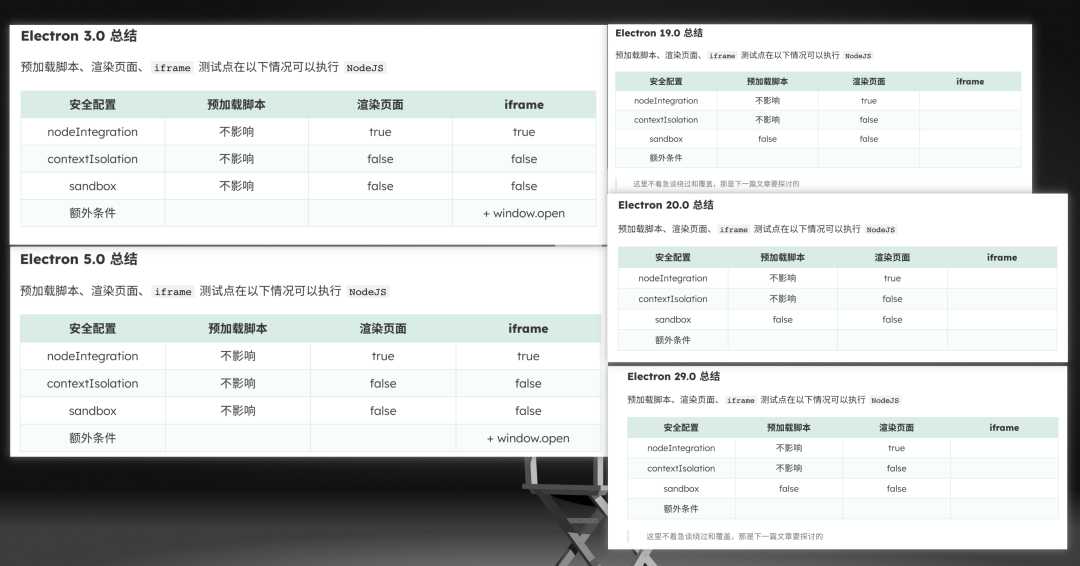- 通用
%v the value in a default format
when printing structs, the plus flag (%+v) adds field names
%#v a Go-syntax representation of the value
(floating-point infinities and NaNs print as ±Inf and NaN)
%T a Go-syntax representation of the type of the value
%% a literal percent sign; consumes no value
-
布尔值
%t the word true or false
-
整型
%b base 2
%c the character represented by the corresponding Unicode code point
%d base 10
%o base 8
%O base 8 with 0o prefix
%q a single-quoted character literal safely escaped with Go syntax.
%x base 16, with lower-case letters for a-f
%X base 16, with upper-case letters for A-F
%U Unicode format: U+1234; same as “U+%04X”
-
浮点型
%b decimalless scientific notation with exponent a power of two,
in the manner of strconv.FormatFloat with the ‘b’ format,
e.g. -123456p-78
%e scientific notation, e.g. -1.234456e+78
%E scientific notation, e.g. -1.234456E+78
%f decimal point but no exponent, e.g. 123.456
%F synonym for %f
%g %e for large exponents, %f otherwise. Precision is discussed below.
%G %E for large exponents, %F otherwise
%x hexadecimal notation (with decimal power of two exponent), e.g. -0x1.23abcp+20
%X upper-case hexadecimal notation, e.g. -0X1.23ABCP+20
The exponent is always a decimal integer.
For formats other than %b the exponent is at least two digits.
-
字符串
%s the uninterpreted bytes of the string or slice
%q a double-quoted string safely escaped with Go syntax
%x base 16, lower-case, two characters per byte
%X base 16, upper-case, two characters per byte
-
切片
%p address of 0th element in base 16 notation, with leading 0x
-
指针
%p base 16 notation, with leading 0x
The %b, %d, %o, %x and %X verbs also work with pointers,
formatting the value exactly as if it were an integer.
%v格式在不同类型下等效于:
bool: %t
int, int8 etc.: %d
uint, uint8 etc.: %d, %#x if printed with %#v
float32, complex64, etc: %g
string: %s
chan: %p
pointer: %p
对于复合对象,使用以下规则以递归方式打印元素
struct: {field0 field1 ...}
array, slice: [elem0 elem1 ...]
maps: map[key1:value1 key2:value2 ...]
pointer to above: &{}, &[], &map[]
宽度由紧接在动词前面的可选十进制数指定。如果不存在,则宽度为表示值所需的任何值。精度由(可选)宽度后面的句点和十进制数指定。如果没有句点,则使用默认精度。没有后续数字的句点指定精度为零。示例:
%f default width, default precision
%9f width 9, default precision
%.2f default width, precision 2
%9.2f width 9, precision 2
%9.f width 9, precision 0
对于字符串,宽度的单位是unicode点位而不是字节。
其它占位符
'+' always print a sign for numeric values;
guarantee ASCII-only output for %q (%+q)
'-' pad with spaces on the right rather than the left (left-justify the field)
'#' alternate format: add leading 0b for binary (%#b), 0 for octal (%#o),
0x or 0X for hex (%#x or %#X); suppress 0x for %p (%#p);
for %q, print a raw (backquoted) string if [strconv.CanBackquote]
returns true;
always print a decimal point for %e, %E, %f, %F, %g and %G;
do not remove trailing zeros for %g and %G;
write e.g. U+0078 'x' if the character is printable for %U (%#U)
' ' (space) leave a space for elided sign in numbers (% d);
put spaces between bytes printing strings or slices in hex (% x, % X)
'0' pad with leading zeros rather than spaces;
for numbers, this moves the padding after the sign
参考:
https://pkg.go.dev/fmt
Views: 1
